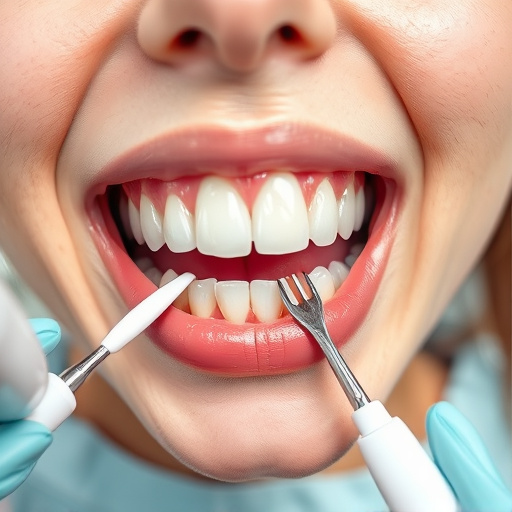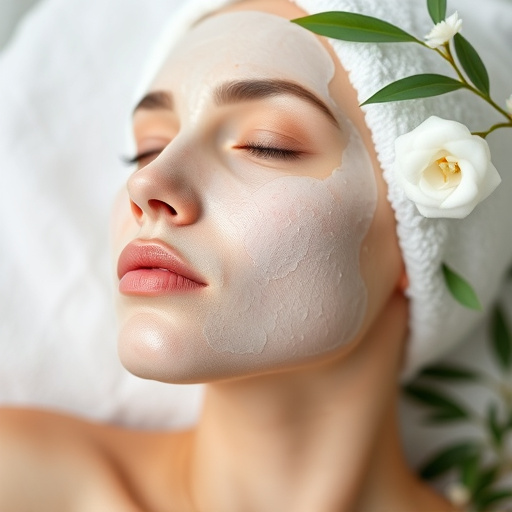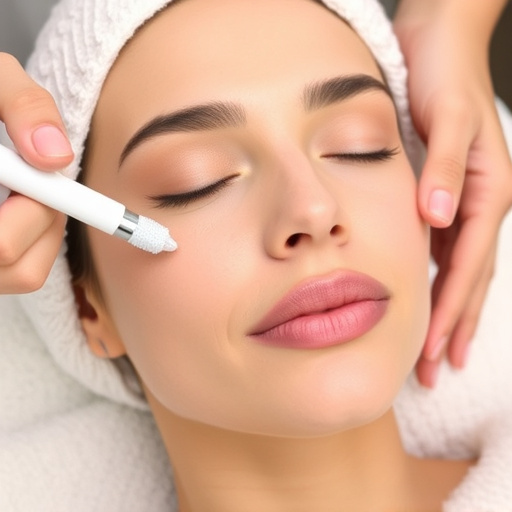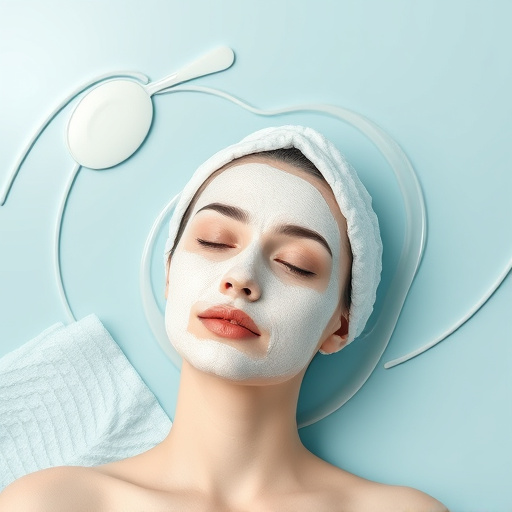Safe laser procedures offer an innovative and precise approach to skincare, with modern technology enabling professionals to target specific areas for improved collagen production and reduced skin concerns. Medical boards worldwide emphasize patient safety through guidelines covering pre-treatment assessments, personalized care, staying informed about research, and ensuring proper training for minimal risks. Various approved treatments, from skin rejuvenation to body contouring, cater to aesthetic and therapeutic needs while prioritizing safety through advanced tech, protocols, individualized care, and aftercare guidance.
Safe laser procedures are increasingly recommended by medical boards worldwide due to their precision, effectiveness, and minimal invasiveness. This comprehensive guide explores understanding safe laser procedures, focusing on medical board recommendations to ensure patient safety. We delve into common laser treatments, highlighting the safety measures in place while navigating the intricate world of modern dermatological care. Discover how these procedures are revolutionizing beauty and wellness, all while maintaining stringent safety standards.
- Understanding Safe Laser Procedures: A Comprehensive Overview
- Medical Board Recommendations for Ensuring Patient Safety
- Common Laser Treatments and Their Safety Measures
Understanding Safe Laser Procedures: A Comprehensive Overview
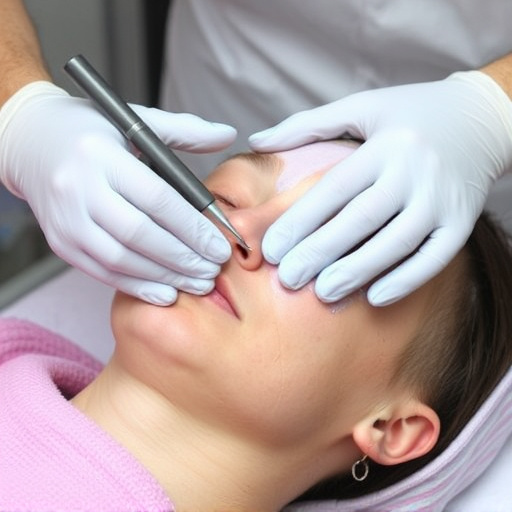
Medical Board Recommendations for Ensuring Patient Safety

Medical Boards around the world play a pivotal role in ensuring patient safety when it comes to cosmetic procedures, including safe laser treatments. They issue guidelines and recommendations to help practitioners deliver high-quality care while minimizing risks. These suggestions encompass various aspects of the procedure, from pre-treatment preparations to post-operative care. One key recommendation is for healthcare professionals to conduct a thorough assessment of each patient’s medical history, skin type, and specific concerns before administering any laser therapy. This personalized approach allows for customized facials and treatments tailored to individual needs, enhancing both effectiveness and safety.
Additionally, Medical Boards emphasize the importance of staying updated with the latest research and technology in laser procedures. Skilled practitioners should be adept at choosing the most suitable laser type for different skin issues, whether it’s for skin tightening, hydrating facials, or other cosmetic enhancements. Proper training and certifications are crucial to ensure that professionals can operate the equipment safely and accurately, reducing the chances of adverse reactions and complications.
Common Laser Treatments and Their Safety Measures

In the realm of safe laser procedures recommended by medical boards today, various treatments have emerged as popular choices for both aesthetic and medicinal purposes. Common laser treatments include skin rejuvenation, body contouring, and hydrating facials, each designed to address specific concerns. For instance, skin rejuvenation lasers target fine lines, wrinkles, and age spots by stimulating collagen production and improving skin texture. Body contouring lasers help reduce unwanted fat deposits and shape problem areas, offering a non-invasive alternative to surgical procedures. Hydrating facials, on the other hand, focus on revitalizing and nourishing the skin, enhancing its natural glow and elasticity.
Safety measures are paramount in these procedures. Medical professionals employ advanced technologies and precise protocols to minimize risks such as burns, scarring, and prolonged recovery periods. Regular consultations with certified practitioners ensure that treatments are tailored to individual needs and skin types. Additionally, proper aftercare instructions, including the use of protective creams and avoiding strenuous activities, play a crucial role in enhancing results and preventing complications.
Safe laser procedures have become increasingly recommended by Medical Boards worldwide due to their precision, effectiveness, and stringent safety measures. By understanding both the technology and the regulatory frameworks guiding these procedures, healthcare providers can ensure optimal patient outcomes while adhering to industry standards. With proper training and implementation of safety protocols, common laser treatments like dermatological and surgical applications can significantly enhance quality of life for patients, solidifying their place as a trusted and secure option in modern medicine.






